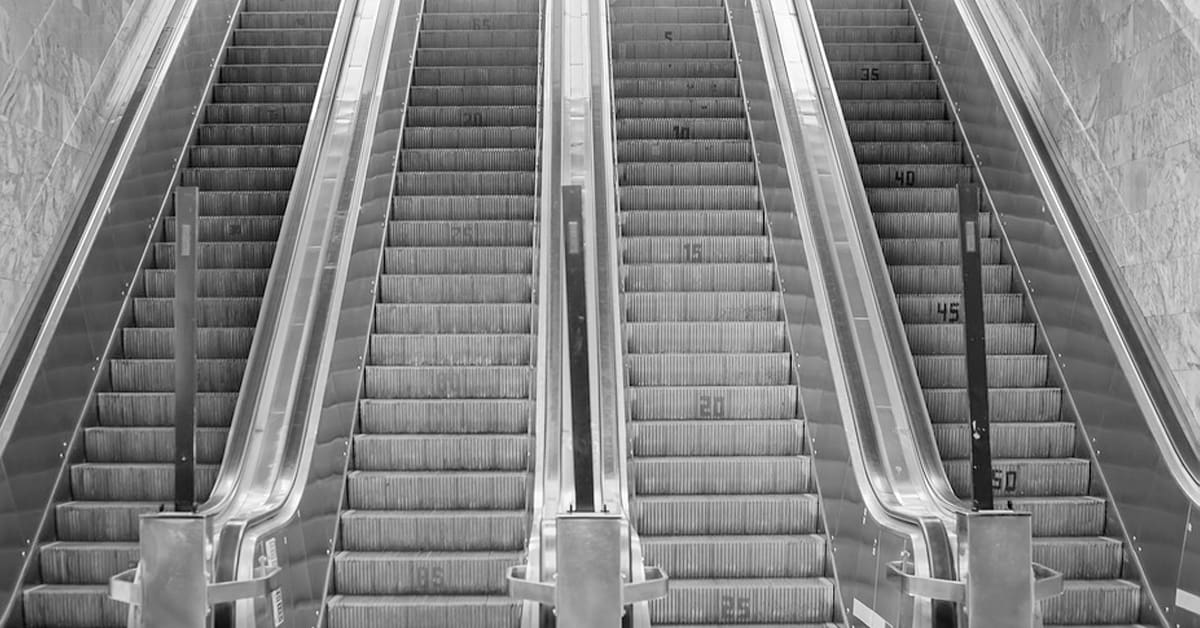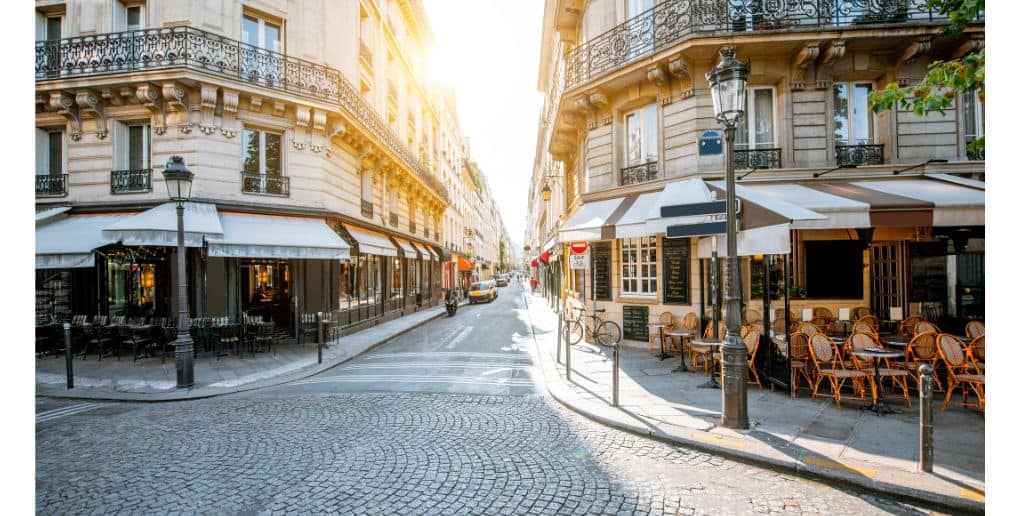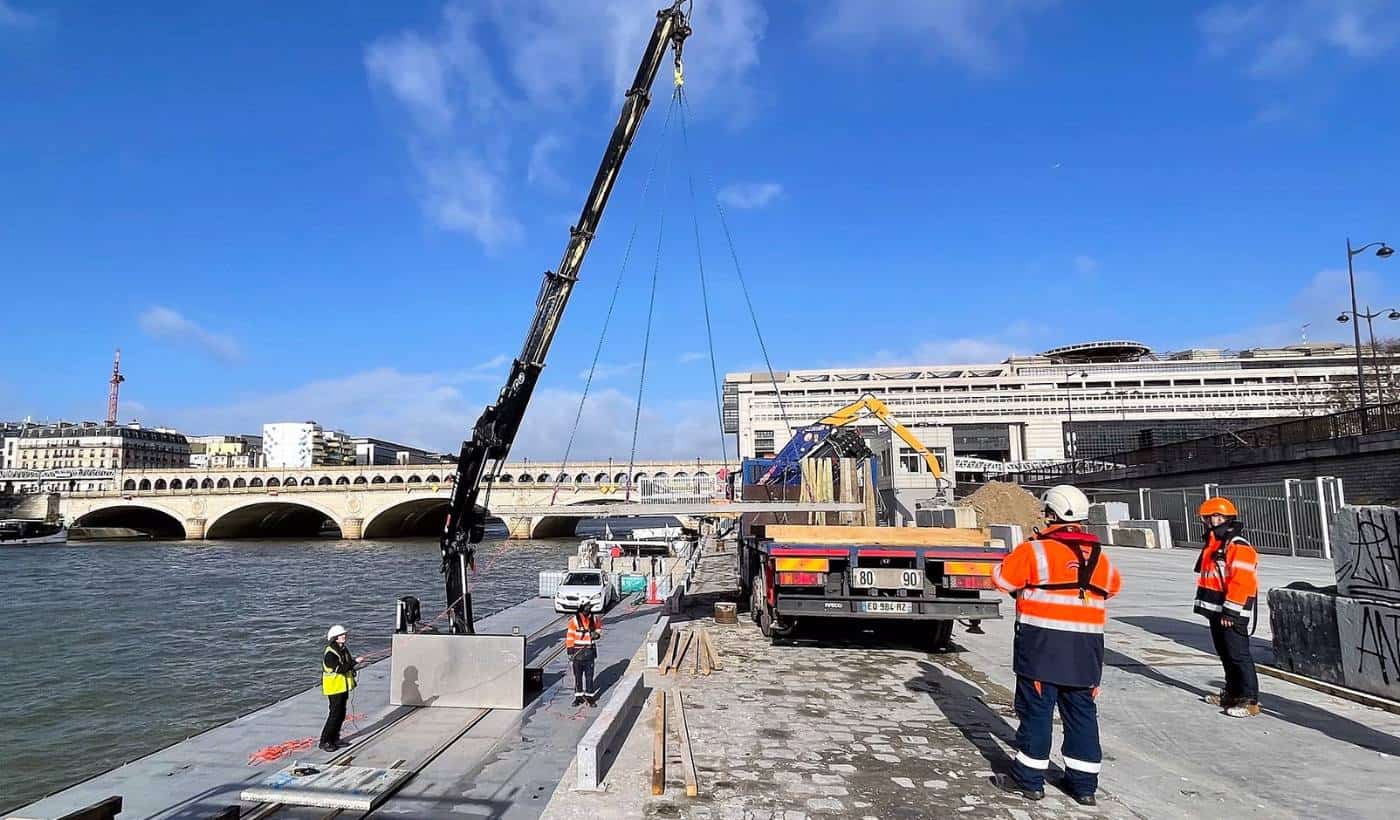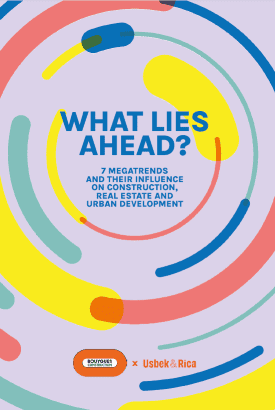
4 ways to transform cities into positive health regions!
4 minutes of reading
A positive health region is an attractive region that makes living together and growing old more enjoyable. Real estate developers play a key role in creating them! Provided that they seize the right opportunities!

The good news is that French life expectancy is rising. That said, life expectancy in good health has not change: in France, fewer than one in two adults is in good health at the age of 65. By way of comparison, the figure for Sweden is 77%.
Why are things so different for our Scandinavian cousins? Probably because, for 20 years now, Sweden has invested massively in preventive public health measures that have reached its inhabitants directly. The French model, however, takes more of a curative than a preventative approach.
Another worrying observation is that the difference in life expectancy between the most affluent French citizens and those on the most modest income is 13 years. “This certainly argues in favour of a shared governance between public healthcare players, mayors, inhabitants and developers”, admits Professor Franck Chauvin, Chairman of the French Public Health Council.
Did you know?
A person’s health depends 40% on their social environment, 10% on their physical environment and 20% on the healthcare system by which they are covered, with the remaining 30% attributed to their behaviour and factors specific to them.For positive health regions
A positive health region is an attractive region that makes living together and growing old more enjoyable. Real estate developers play a key role in creating them! They have numerous opportunities at their disposal to contribute to the good health of residents: – By acting on the social environment: implementing mixed programmes and a diverse range of uses and services in their urban projects; – By acting on the physical environment: choosing to use healthy construction materials, thinking of the health of future users when designing buildings (preferring the use of stairs, wide corridors, etc.); – By acting on the healthcare system: contributing to the number of innovative nursing homes available, acting in a curative and above all a preventive manner; – By acting on behaviours: deploying new uses (fitness trails, consumer networks to support small local farmers, shared gardens, etc.) or Nudge-style mechanisms to encourage inhabitants to realise the impact they have on their determinants of health. “Acting on determinants is the key to ensuring a healthy population.” Prof. Franck Chauvin, Chairman of the French Public Health Council A large number of start-ups and innovative businesses have already identified the potential of cities to keep us healthy. One such example is Kanopée Koncept, which promotes and optimises unoccupied and unused urban spaces (terraces, roofs, esplanades and green spaces) and uses them to produce healthy food, whilst creating social bonds and encouraging biodiversity; another is Global Life Consulting, which supports public and private players looking to change their behaviour with regard to environmental health (audits, conferences, training, etc.). Linkcity, the real estate development subsidiary of Bouygues Construction, is aware of its impact on how regions are shaped and of their impact on the daily lives of the future users of the districts it designs, and regularly organises conference-debates on these challenges. The latest such conference, devoted to “urban planning to promote health”, brought together around forty clients, politicians, prospects and local communities in Bordeaux, to discuss the topic of “Urban planning that is good for the health”. Linkcity, a committed player devoted to its region, has a fundamental role to play in this regard, as the company covers over 70% of determinants of health by virtue of its broad value chain.Most read
More reading
Read also

Article
20 minutes of reading

Energy
in partnership with


‘Paris at 50°C’: a fact-finding mission to prepare Paris for future heatwaves
Article
2 minutes of reading

What if your sites were supplied via rivers instead of roads?
Article
3 minutes of reading



